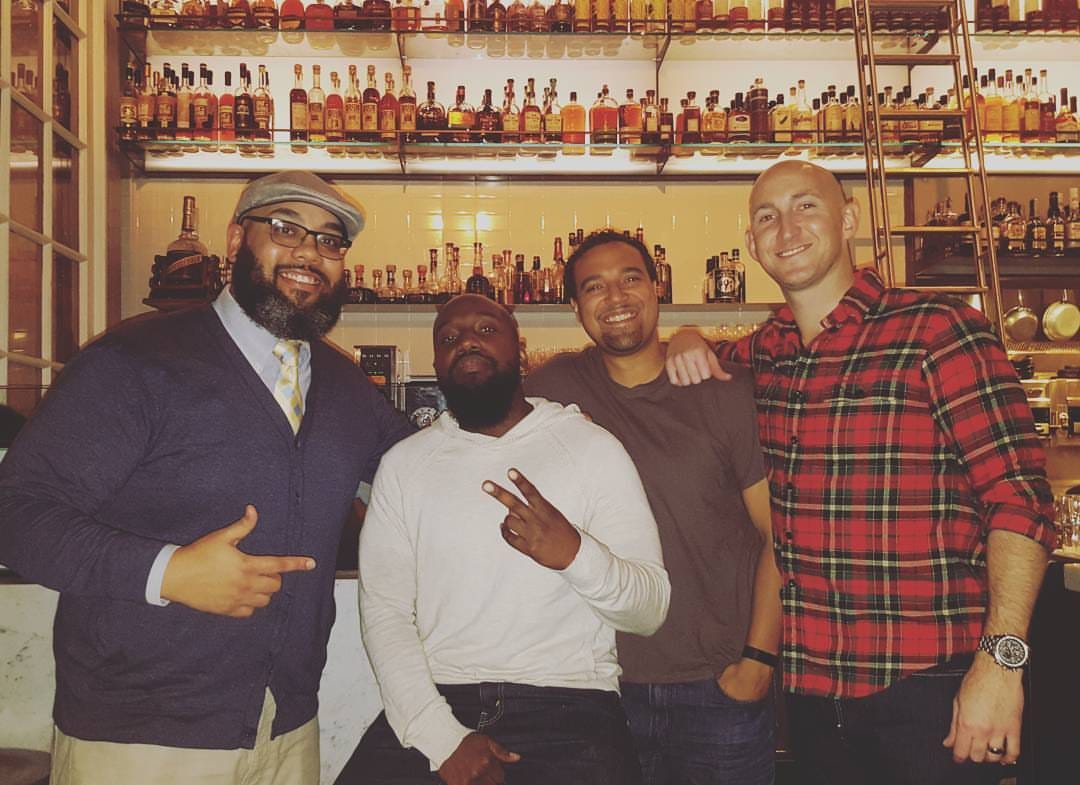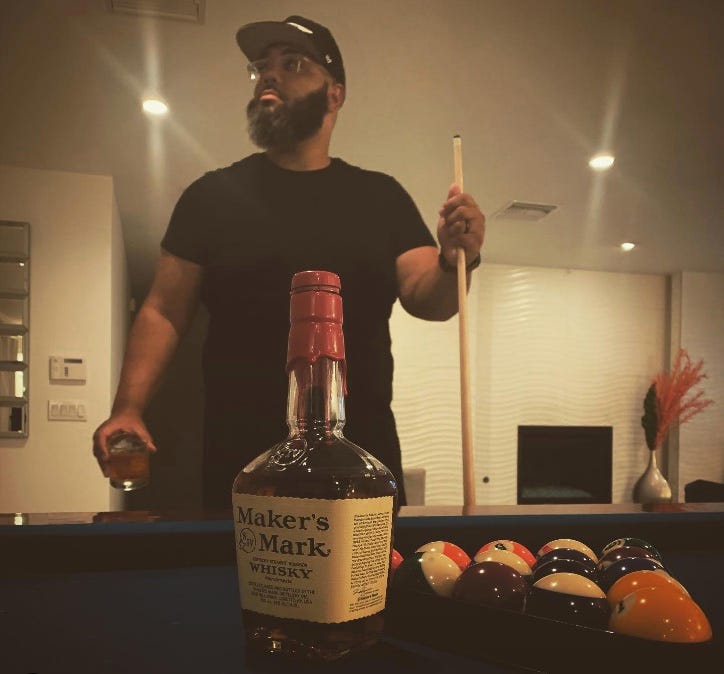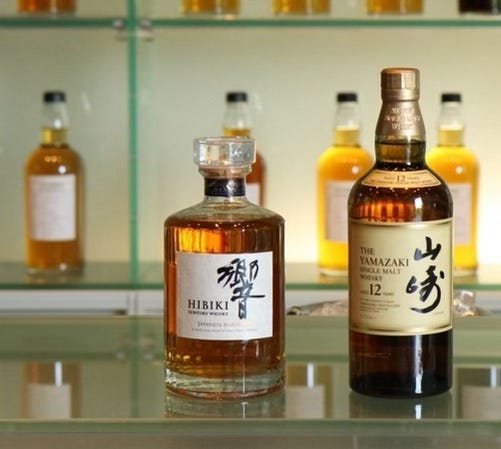A definitive FAQ guide to help you be a better whiskey drinker
All of those questions you might be nervous to ask, I have the answers. Let me help you be the best whiskey sipper you can be.
Over the course of the last 15 years, I have grown fond of whiskey and its various iterations. In Cincinnati, I remember some of my best friends introducing me to scotches, bourbons and whiskeys, much of which I was oblivious to beforehand. See, as a teenager, I was inundated with beer, coolers, low-grade vodkas and other nefarious punches that my fraternity brothers would cook up. Truthfully, I didn’t imbibe myself with many of these concoctions, and at some point in my life, I figured that consuming spirits would probably not be my thing.
When I moved to Ohio in 2006, I was surrounded by people I trusted and was willing to listen to. Good libations were paired with better conversations. Cordiality existed among all who abided within our circles, and my appreciation for the brown spirit grew as a result.
I tell that story to tell you the following. Drinking whiskey shouldn’t be done solo. It doesn’t mean you can’t enjoy a drink by yourself, but the process of learning and enjoying the spirit doesn’t have to be a solo mission. If you don’t know much about whiskey but want to learn more about it? Consider this a comprehensive Q&A of sorts.
Q: How should I enjoy my whiskey?
This is not a stupid question. In fact, it is a good one. However, there is no real correct answer.
Should I add ice? How about water? Should I use those fancy glasses?
If you have a glass in your cabinets, you’re good. Even better if you have a few coins and can afford a Glencairn glass or two. Get the whiskey first. Worry about the best glasses later. Here are some options:
Cocktails: Highballs (paired with a soda/ginger ale), Manhattans, Old Fashioneds
If you’ve had any cocktails with other spirits, then a whiskey-based cocktail should be similar to deal with.
Not as strong, can pair with your favorite flavors to find your ideal choice.
If you want to learn the nuances and complexities of whiskey, keep reading.
On The Rocks/Side of Water: Whiskey with ice and water
Ice will help with the burn of whiskey, and water/ice is known to open up a whiskey can bring out more flavors
I would recommend getting ice or water on the side, so you can control how much is in your glass. Too much ice can water your drink down and kill off all the flavor and aroma.
If you can, try to get water that’s filtered or spring, as water can affect the taste/aroma of whiskey
Neat: A pour of whiskey, that’s it.
Glassware can make a bit of a difference here. Snifter-style glasses are helpful for nosing the whiskey, tasting more flavor and having better finishes.
You don’t put salt, pepper and hot sauce on a chef’s meal when it’s delivered to you without tasting it first. The same rule can apply to whiskey. Taste it first, and adjust accordingly.
The burn from the alcohol can interfere with enjoyment.
My personal preference is to have my whiskey neat with water and ice on the side. That way, depending on how my tasting begins, I can adjust accordingly. For example, I think Russell’s Reserve 10 and one ice cube is heaven. I also think that Lagavulin with a few drops of water is also incredible. Hibiki 12? Don’t touch it. Neat is best. These are my personal preferences, yours will likely differ from mine and that’s okay.
However, this is just one way to drink whiskey. Experiment and find what works best for you. Your preferences might change over time. For me, I got accustomed to the burning sensation so I gradually eased off the water. Eventually, I found myself drinking nearly everything neat.
Q: Thanks for the lesson on how, but what whiskey is best?
There are literally tens of thousands of whiskeys in the world, and I’ve consumed maybe 1–2% of them. (That actually is a lot. I have a problem.) However, here’s a starter kit that will help you either get started, or make you more confident in talking about whiskey.
Bourbon: Whiskey that contains 51% corn and is made in America is deemed bourbon, and 95% of all bourbons are made in Kentucky. Bourbon is aged in oak barrels, tends to be slightly spicy and sweet, and is generally delicious. Most good bourbon should not cost you an arm and a leg, which is great for stocking up your bar and sharing with your friends with whom you like to do ratchet things. Here are a few personal options with notes.
Wild Turkey 81 or 101 Proof (Cheap, easy to sip, refreshing. Also Mike Felder’s favorite whiskey on earth.)
Price: $20
Nose: New oak, banana and cereal
Palate: Peppery, vanilla, nutty.
Russell’s Reserve 10-Year (One of my favorites, still light although aged, very smooth.)
Price: $45
Nose: Vanilla, apple, honey, grapefruit
Palate: Toast, floral, spice. Warm finish.
Baker’s 7-Year (Strong, woody, sweet. Sip this when you’ve had a day, maybe add water.)
Price: $60
Nose: Caramel, corn, apples, pears
Palate: Sweet and spicy with bite.
Malts: Scotches, Irish whiskeys and Japanese whiskeys all fall in line here. The distillation process features malted barley and the aging process primarily takes used barrels that housed wine and bourbon. Also, malts are usually aged the longest, therefore the prices are usually higher. That doesn’t mean you can’t find cheaper options, but don’t be surprised by some higher prices. Here are a few personal options with notes.
Tullamore Dew (If you drink Jameson, then drink something better at the same cost.)
Price: $25
Nose: Slightly smoke and citrus
Palate: Woody, sweet spices and warm finish.
Hibiki Harmony (Japanese blended malt, and I’m a fan of almost all Suntory whiskeys.)
Price: $70
Nose: Hibiscus, woody, piney
Palate: Honey, orange peel, nutmeg and smoke.
Caol Ila 12-Year (Smokey malts are awesome, this is one of my favorites.)
Price: $65
Nose: Mint, smoke, hickory
Palate: Smoky and slightly sweet, good body.
Q: Got it. Bourbons, scotches, Japanese whiskeys… is that it?
You should open your eyes to Canadian whiskeys, flavored whiskeys and other alternatives. I’ll be short and sweet here. Canadian whiskey has a branding problem because their whiskey is really good and they’re more than just Crown Royal. (Crown is still good though.) Also, flavored whiskey existed long before Jack Daniel’s Tennessee Honey. Whiskey doesn’t equal highfalutin, it should equal a damn good time. Keep an open mind and explore everything that’s out there. Here are a few personal options with notes.
Caribou Crossing Single Barrel (Canadian Glory in a bottle.)
Price: $50
Nose: Cinnamon and cookies
Palate: Spicy and sweet, a bit woody.
Leopold Bros. Rocky Mountain Blackberry Whiskey (Leopold Bros. makes great stuff, period.)
Price: $40
Nose: Berry-citrusy
Palate: Blackberry, caramel, vanilla
Hochstader’s Slow and Low Rock & Rye (An old fashioned in a glass, you’re welcome.)
Price: $25
Nose: Orange peel, cherry and honey
Palate: Rock candy, honey
Q: Are you an alcoholic? How do you know all of this info?
One of my favorite books that’s helped me along the way is Clay Risen’s American Whiskey, Bourbon and Rye. A great bible of sorts to learn about all of your favorite bottles. Also, Kurt Maitland’s Drink is excellent for all things cocktails.
Q: Alright, I’m ready to drink now. Can I go?
Yes.
In conclusion, don’t overthink whiskey. Whiskey is meant to be fun, and you should explore accordingly. Many watering holes offer flights, which is a great way to try a variety of different whiskeys. Also, don’t be afraid to get a bottle and share with friends, ask their thoughts and get nerdy with it. Or, just keep some ginger ale on stock and find out which one pairs best with it. (Personally, I keep Old Forester 86 around for just this purpose.)






